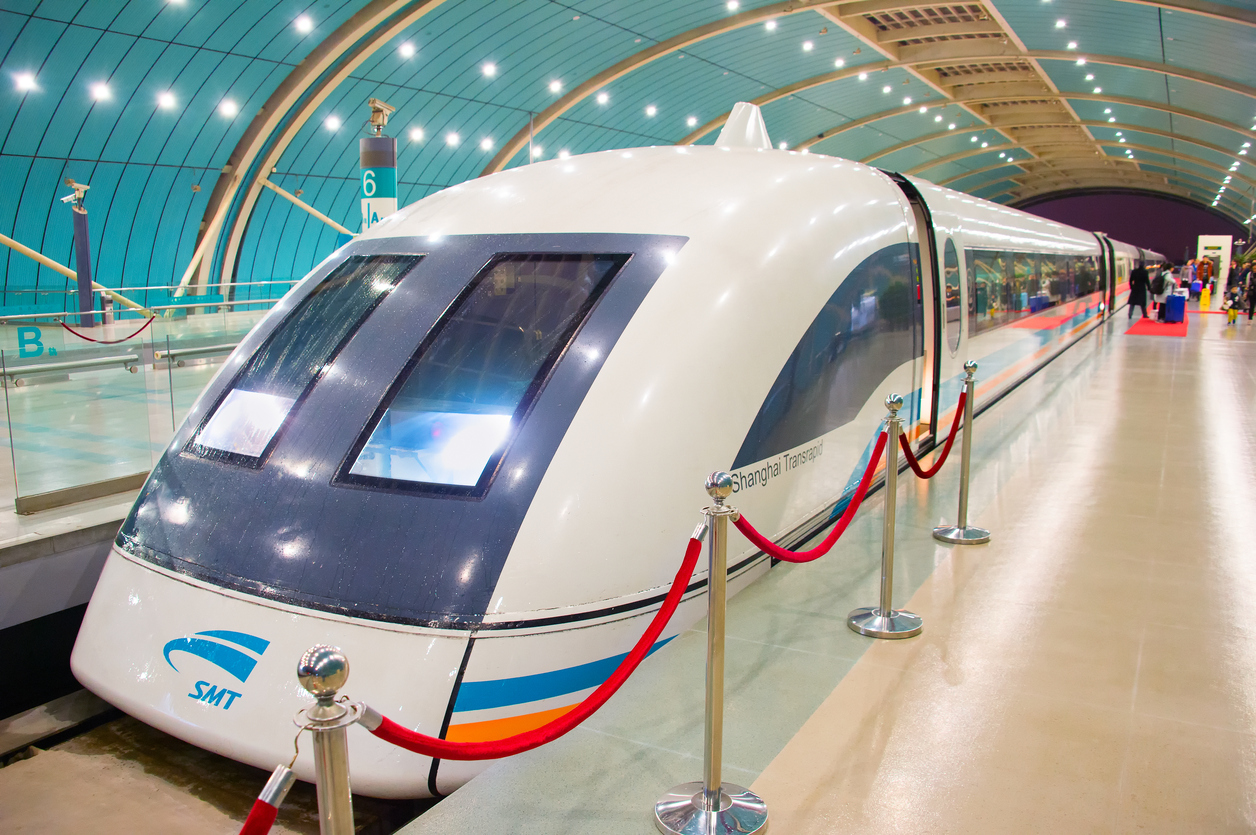
Why We Should Not Blindly Support the Maglev Project
Last week, the Baltimore City, Baltimore County, Northern Anne Arundel County and Prince George’s County chambers of commerce announced their support of the proposed maglev project between Washington, D.C. and Baltimore. The SCMaglev, built using Japanese technology, would travel at a speed of 311 miles an hour to carry passengers between the two cities in 15 minutes.
Roger Goodall, engineering professor at Loughborough University says a maglev project must meet three criteria to make sense: “The first is a large megacity at both ends; the second is a distance of about 500 miles because if the cities are too close it’s not worth going fast and if they are too far air travel comes into its own; and the third is having no existing railway.”
The proposed Baltimore-D.C. maglev fulfills none of these three criteria. This $15 billion project is another boondoggle we should scrap in its early stage.
First, Baltimore is not a megacity, which is defined as a city with population of over 10 million. Baltimore City’s population of just around 600,000 has been steadily declining. Second, the distance between Baltimore City and D.C. is not even close to 500 miles—the proposed maglev distance is just 40 miles. Finally, already-existing railways and buses serve Baltimore-D.C. riders, such as the MARC train and the Megabus.
So what will happen if the proposed maglev is built anyway?
The maglev will inevitably fail to attract enough riders necessary to keep operating without government subsidies. Consider it logically: a maglev trip is estimated to cost between $50 and $100 for the same 40 miles that would cost $7 if you decided to take the MARC train. This makes maglev an extremely unlikely commuting option for the masses.
Not surprisingly, the Shanghai Maglev, the only fully operational commercial maglev, suffered from ridership below 20 percent of capacity when it opened. The line has been losing between 600 and 700 million yuan a year, equivalent to $85 million and $100 million in USD.
Contrary to the popular notion, maglev technology is not all that new. It has been around for decades, but has not been commercialized, for good reasons. In 2012, Florida approved a maglev project between Orlando’s airport and convention center, but the project was eventually halted. Pittsburgh and Southern California also experimented with the maglev idea, only to eventually scrap the projects.
In addition, maglev’s reputation suffered when a test run crashed and killed 23 people in Lathen, Germany in 2006. Theoretically, maglev trains are less likely to derail, by design. But “higher speeds increase the risk of serious consequences when something does go wrong and the elevation of the track makes evacuation of the passengers more difficult,” noted Cliff Perry of the Institution of Mechanical Engineers in London.
Of course, proponents may argue that the design has improved since 2006, and that second-generation Japanese maglev technology is superior to Germany’s. While that may be true, there is no bulletproof evidence that the new technology is 100-percent safe either. If the new and improved technology is so convincing, why would the Japanese government have to offer a $5 billion subsidy for the proposed D.C.-Baltimore project, just to get their foot in the U.S market?
As the Cato Institute’s transportation expert Randall O’Toole once said, “Maglev has all the defects of conventional high-speed rail with the added bonus of higher costs and greater energy requirement.” If the maglev were a transformative transportation solution to all our 21st-century urban problems, it would have been built in many cities across the U.S. and around the world by this time. Maryland officials should keep this in mind before blindly supporting the maglev project.





